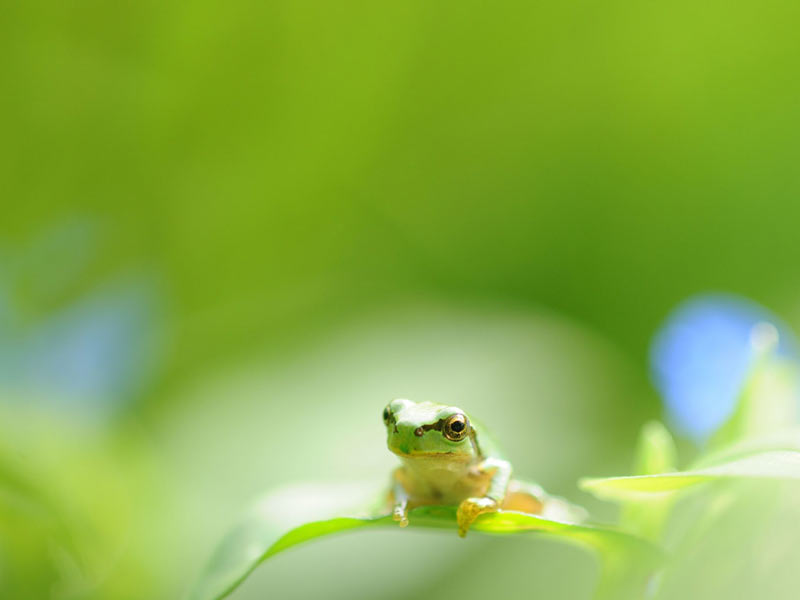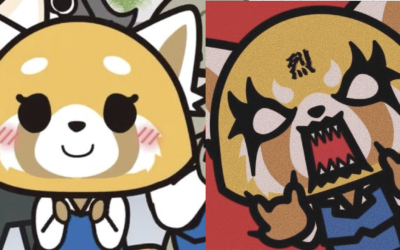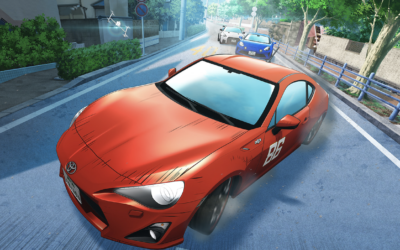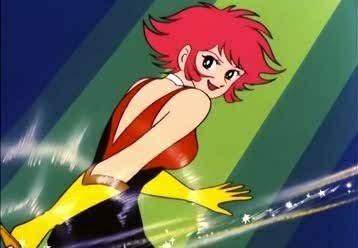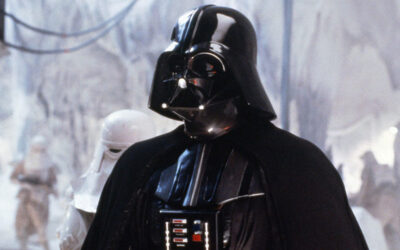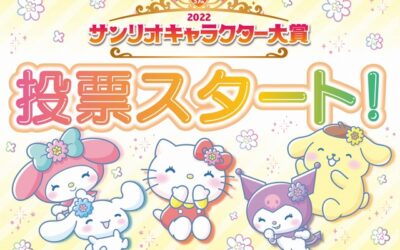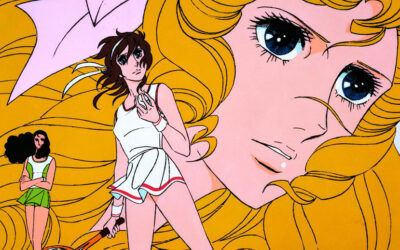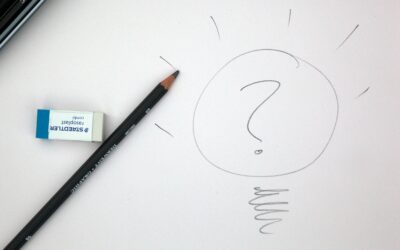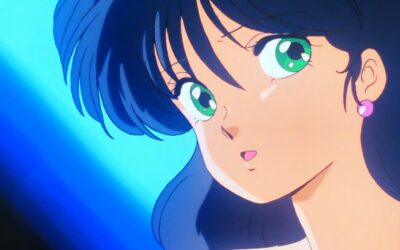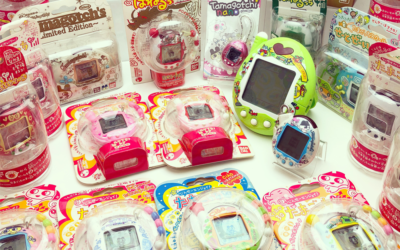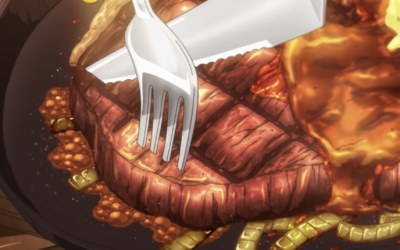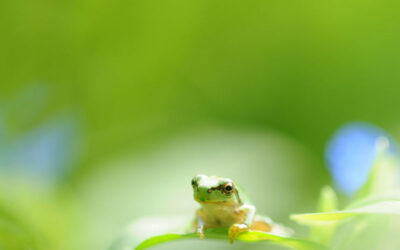Frogs are amphibian animals that are distributed on every continent except Antarctica, and about 7,000 species have been identified around the world. Their large eyes are humorous and full of a mysterious loveliness.
A frog is a symbol of good luck
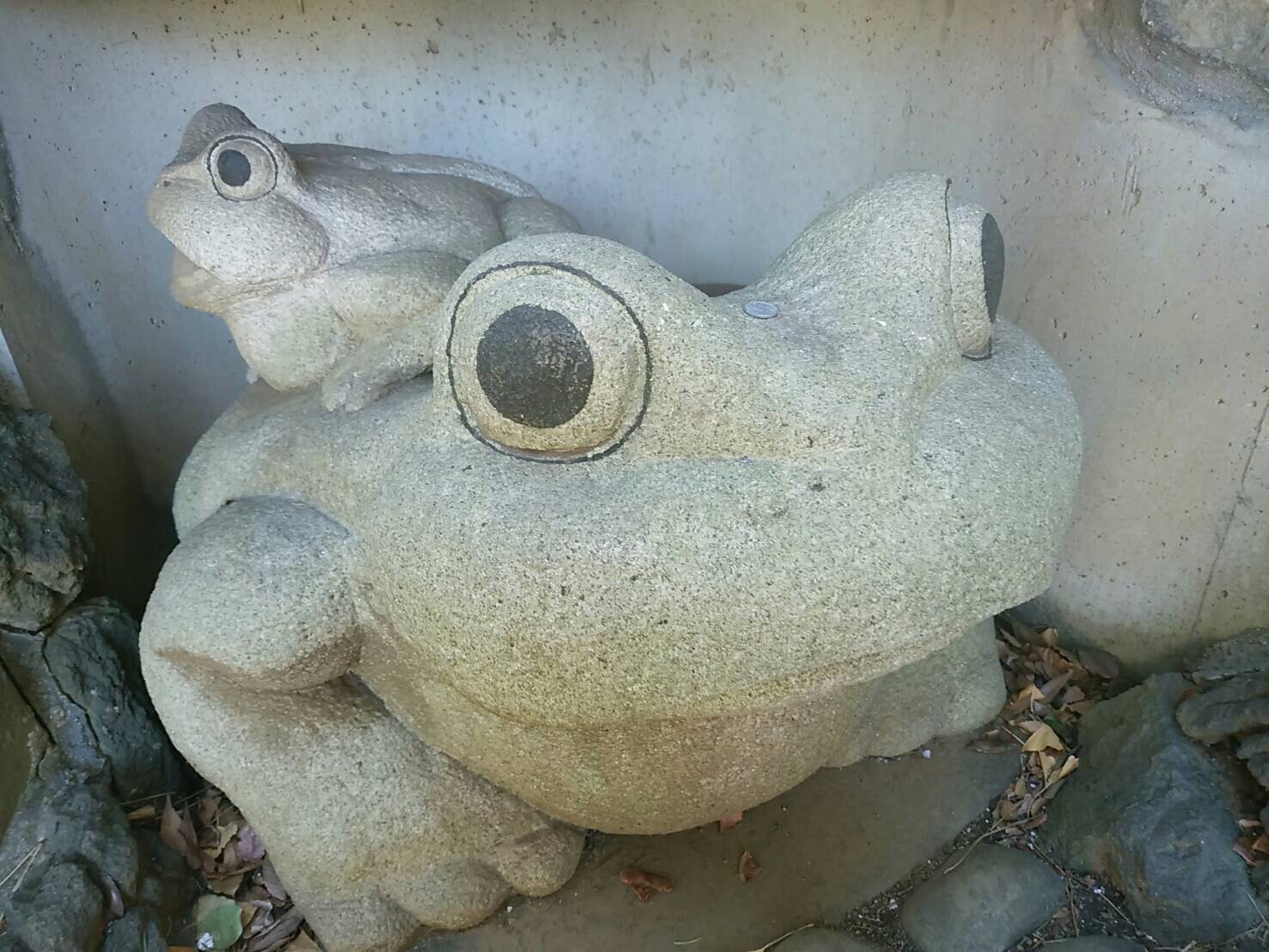
Frog = “KA-E-RU”
A frog is called “KA-E-RU” in Japanese. In this case, “KAERU” is a noun, but it also exists as a verb. The verb “KAERU” has many different meanings.
– To return to one’s home or place of origin.
– To return something to its previous state once it has changed.
– To make things different from what they were before.
For this reason, the animal is recognized as a lucky item to wish for “return home as safe” or “return of money”.
As a Lucky Item
Frogs are often said to be a symbol of good luck, not only in Japan but also in the world.
In Europe, frogs are thought to be good luck charms for love, because the bubbles of froglets being born remind them of Venus, the symbol of love.
In Egypt, the frog is a symbol of children’s fertility and crop, because it lays many eggs at once, and it is said that when a frog cries, the rain falls.
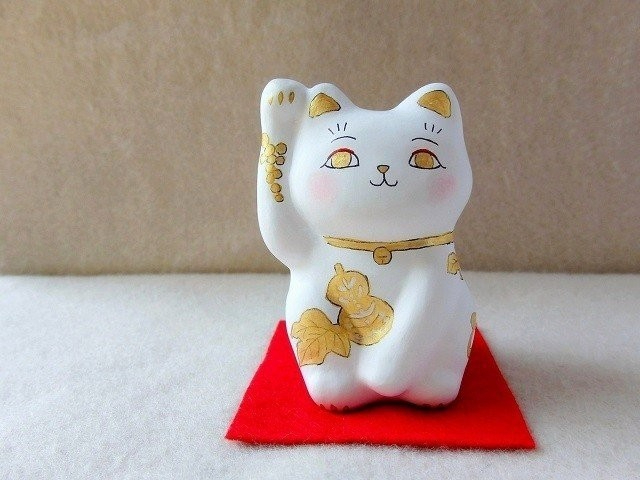
Considering the same animal, the beckoning cat is famous in Japan as a symbol of good luck. The origin of the beckoning cat is not known, but given that house cats came from China, it is assumed that the cat was influenced by China. In fact, there seems to be a Chinese proverb with the nuance of “If a cat puts its ear to the ground when it washes its face, a guest will come after a while”.
Generally, the beckoning cat with its right hand raised invites money, while the cat with its left hand raised invites guests.
Gamaguchi
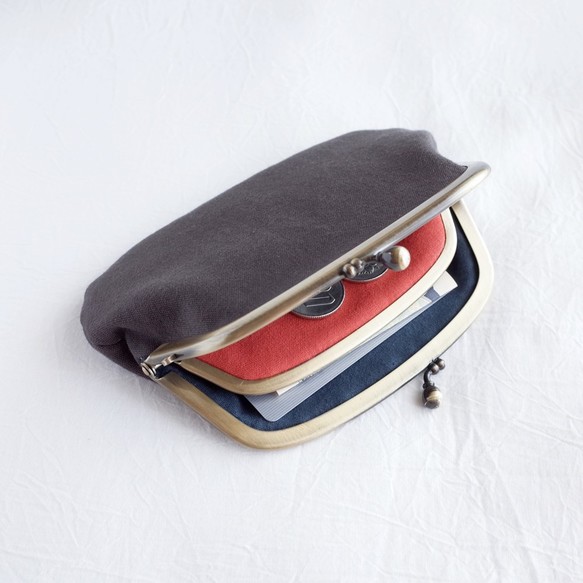
”Gamaguchi” is a general term for a bag with a mouthpiece, which resembles the mouth(Guchi) of a frog (Gama).
It seems to have originated in the 19th century, when a merchant for the Japanese government brought back gama-guchi, which were popular in France. At first, it seems to have been a luxury item, but it gradually spread to the general public, especially in the latter half of the 20th century, when it exploded as a coin wallet.
Today, although the number of people using Gamaguchi as a wallet has decreased, its ease of use and fashionability have led to its reappraisal as a traditional craft, and it is widely used not only as a wallet but also as a bag and backpack.
Frog Characters with Various Personalities
Frogs are familiar animals, both as pets and as wild animals. Frogs have long been a favorite motif for characters. Here are three frog characters that capture the characteristics of frogs, such as their large eyeballs, paw pads, and bright colors.
Keroppi
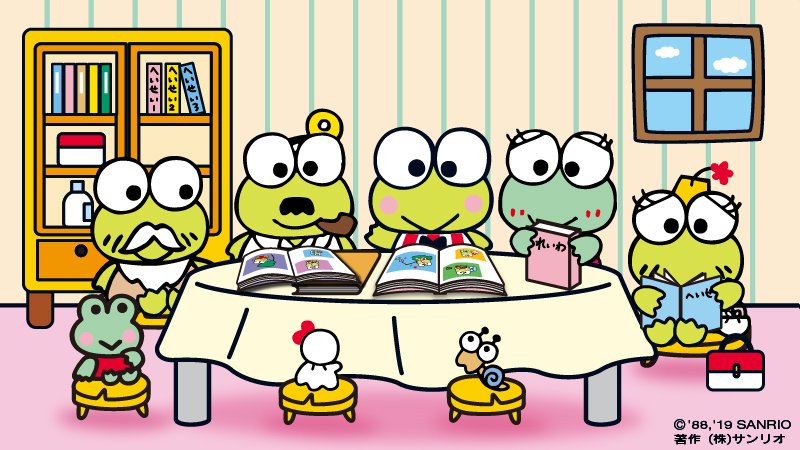
©Sanrio
A well-known original character from Sanrio, this character has maintained strong popularity since its introduction in 1988 and has been ranked at the top of the Sanrio Character Awards every year.
Keroppi’s real name is “Keroppi on the Lotus”. He lives in Donut Pond, loves adventure, and is good at singing. His birthday is July 10th. Although he is a frog, he is not very good at swimming by breaststroke. Keroppi was created in 1988 as a character to enjoy the rainy days in June when it rains a lot in Japan.
Keroppi is actually a triplet, his sister is “Pikki”, and his brother is Koroppi, and his father is a doctor who runs the “Lotus Top Clinic”, while she is a babysitter.
Pyonkichi(Anime:Dokonjyo-Gaeru)
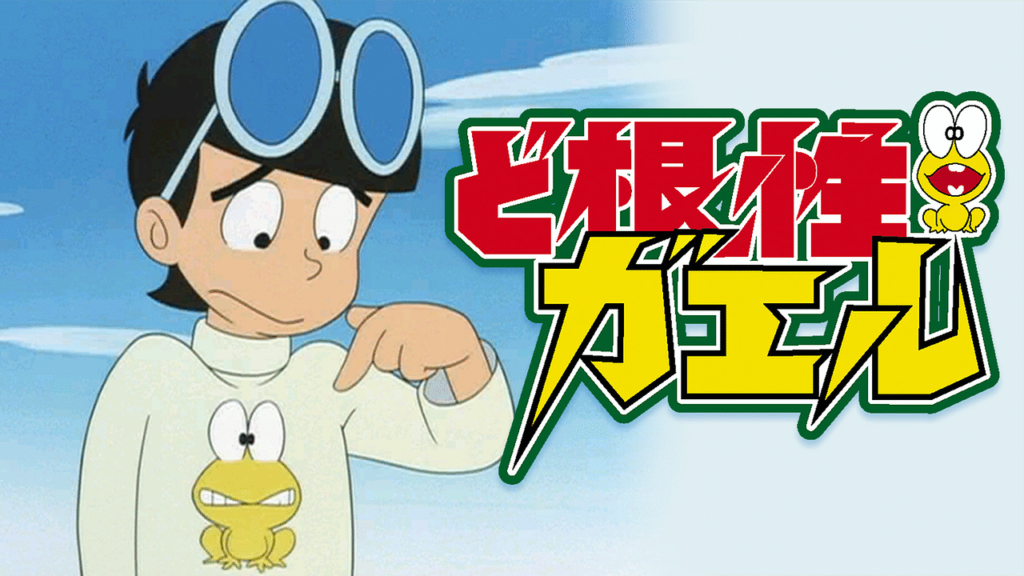
When the frog “Pyonkichi” is in a field near a park, Hiroshi, a local junior high school student, trips over a pebble and falls on him, crushing him.
For some reason, Pyonkichi sticks to Hiroshi’s shirt and lives as a “plane frog”.
The story is set in Tokyo Downtown and involves a variety of characters, including Hiroshi’s girlfriend Kyoko, his friend Goro, the gang leader Gorilla Imo, Mr. Machida who has been teaching for 25 years, the beautiful teacher Yoshiko, the sushi chef Mr. Ume, and his love rival Mr. Minami.
This work was serialized in the weekly Shonen Jump magazine from 1970 to 1976, and in 1972 it was made into an anime that was aired on TV.
This character is still very popular, and the “Pyonkichi T-shirt”, in particular, has become a popular item among celebrities and overseas.
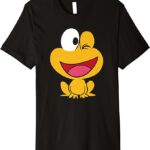
Dokonjo-Gaeru "Pyonkichi" Premium T-Shirt
Type: Vintage Anime T-Shirt
Manufacturer: Kid Kodomo Co. Ltd
Availability: Amazon(US)
Keroro-Gunso(Sergeant Frog)
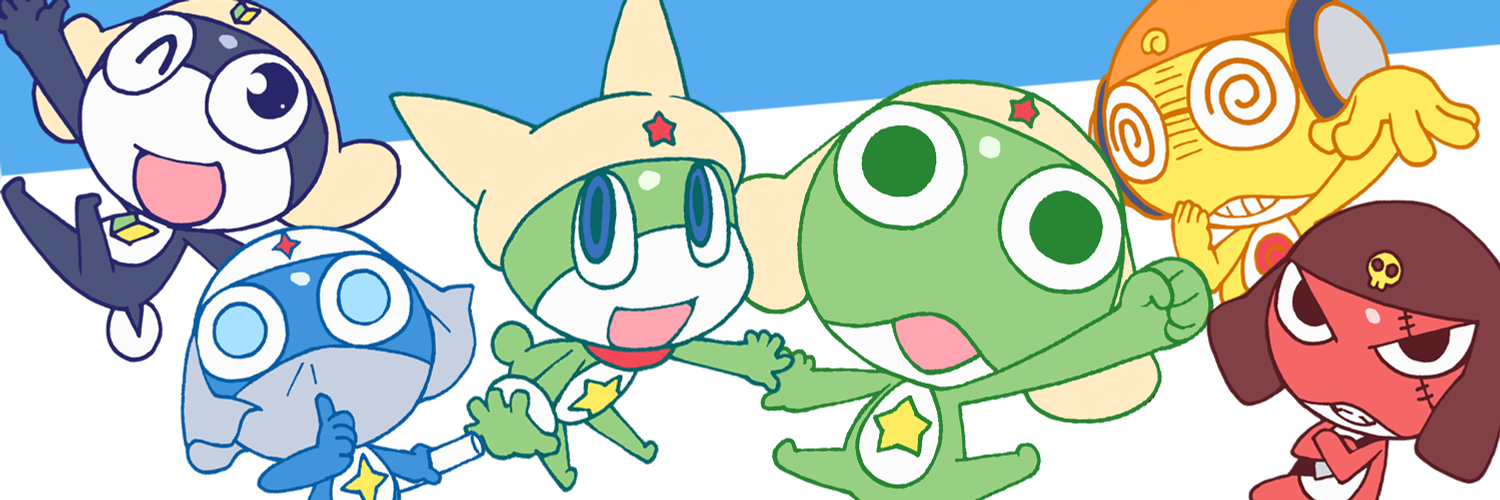
The story is based on the fusion of the ordinary and the extraordinary, and the strangeness created by the gap between the two when Sergeant Frog, an alien with a frog motif, comes to invade the earth and takes up residence in the Hyuga household.
As the story progresses, Keroro’s subordinates get together and try to devise a plan to invade the earth, but they end up being punished by Natsumi, the girl who lives in the house, or they end up destroying themselves due to a poorly planned plan.
Frogs in Haiku
Haiku is a form of poetry that uses 17 characters (5, 7, 5) to describe the scene in front of you and the emotions you feel when you see it. It is said to be the shortest form poem in the world.
There is a rule that haiku must include seasonal words.
Seasonal words and Frogs
In addition to the 5,7,5 rule, there is another rule in haiku: the inclusion of seasonal words. In order to express the feeling of the seasons (spring, summer, autumn, and winter) in haiku, it is necessary to include a seasonal word.
A simple example would be “snow” in winter, and “cherry blossoms” in spring.
Since frogs are familiar to the Japanese, they have appeared in many haiku as seasonal words. There are two seasons represented by frogs: spring and summer.
In spring, the rice paddies are filled with water and the frogs begin to croak cheerfully as they enter their breeding season. For this reason, the frog is the seasonal word for spring.
However, frogs that are associated with summers, such as rain frogs and green frogs, are summer seasonal words.
A Frog in a famous Haiku by Matsuo Basho
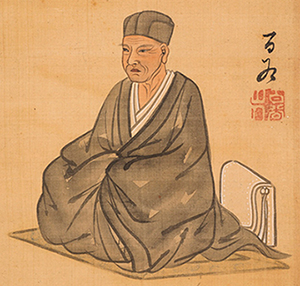
The person who reads haiku is called a haiku poet. The first haiku poet to be mentioned is Matsuo Basho (1644-1694), who is always mentioned in school education as the person who laid the foundation for modern haiku, and even non-haiku practitioners know him.
A very famous haiku read by Matsuo Basho is as below:
In Japanese:
“Furuike-Ya
Kawazu-Tobikomu
Mizu-no-Oto”
In English:
The old pond;
A frog jumps in…
The sound of water
This haiku says, “As I listened to the sound of frogs jumping into the water coming from nowhere, the image of the old pond appeared in my mind. Here, the word “Ya” has the function of bringing up the unreal old pond in the mind, which is separated from the “sound of the frog jumping into the water” that is happening in the real world. This old pond in the mind is said to be the “Sabi” of “Wabi-Sabi”.

